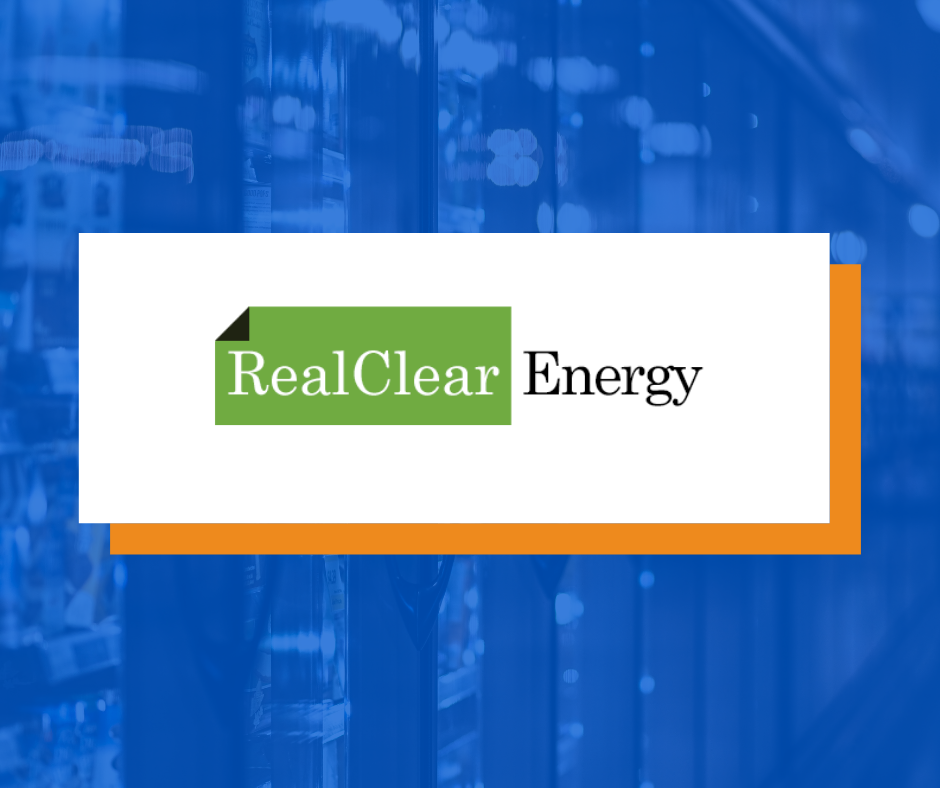For decades, the fruits of the fracking revolution, plus our newly minted status as the world’s top net exporter of natural gas, demonstrated that American consumers were swimming in bountiful energy.
But as the pandemic effects of supply chain shortages, the war in Ukraine, and higher government spending gave way to inflation hikes, suddenly all eyes were on utility bills. In 2021, Americans spent as much as 25% more on energy than in the previous year.
Compounding that problem for energy consumers are political pledges aimed at the “electrification of everything,” including massive subsidies for electric vehicles, home heat pumps, and solar panels in pursuit of a carbon neutral future.
Now state policies are accelerating that, as at least 22 states — plus Puerto Rico and Washington, D.C. — have committed to either 100% carbon-free electricity generation or “net zero” carbon emissions by 2050.
But rather than subsidize our way toward political climate goals with foreign-made solar panels, batteries, and wind turbines, what if we looked to the new generation of a safe technology that is already the densest and carbon-free source of electricity in the world? What if it’s time to once again champion nuclear energy?
Energy investors, customers, and even green politicians should have every reason to love the atom. Nuclear energy is safe, clean, and reliable for decades. It produces no emissions and produces tens of thousands of good jobs for generations. There’s a reason nuclear plants have larger parking lots than wind turbines or solar farms.
At least three states — Illinois, New Hampshire, and South Carolina — currently generate over 50% of their electricity needs from nuclear power, making them effectively carbon neutral and an ideal hub for energy-intensive industry.
Even green warrior California Gov. Gavin Newson was forced to rethink the closing of Diablo Canyon in the face of aggressive climate goals, giving the state’s only nuclear plant a lifeline. Other states are reconsidering nuclear energy as their licenses head toward their expiration date.
That said, traditional nuclear energy faces several obstacles. Environmental and radiation concerns are invoked, though new innovations like accident-tolerant fuels have lessened the risk. Regulatory restrictions and permitting can delay approvals and renewals for up to a decade. Most importantly, nuclear projects are significantly labor and capital intensive, testing the financial limits of private investors and utilities who dip into subsidies to stay afloat.
But the age of the brutalist concrete cooling towers and highly centralized state control as the only features of nuclear power may already be over.
Next-generation nuclear energy technology — such as small modular reactors — may share the splitting of the atom with its predecessor, but its modern form is anything but.
SMRs can be as small as an SUV but still produce plenty of megawatts of energy. They can more quickly and reliably deliver power to the electric grid or industry, and in some cases, the spent fuel can be reused. SMRs could become the main carbon-free power source for a large manufacturing facility that would employ thousands of people and keep the load off residential grids.
For example, SMR developer X-energy is collaborating with chemical giant Dow to install an advanced SMR nuclear plant at Dow’s manufacturing site in Seadrift, Texas. The Dow project is focused on providing its Seadrift site with safe, reliable, zero carbon emissions power and industrial steam as existing energy and steam assets near their end-of-life.
The project is contingent upon delivering on various reviews and approvals, as companies like Dow must follow strict timeframes to ensure continued operation of its site. X-energy first initiated NRC pre-application activities for their Xe-100 reactor in 2018.
Only one small modular reactor design, made by Oregon-based NuScale, has been certified by the National Regulatory Commission, which released its final rulemaking after a decade-long application process.
If we want to deliver energy at scale and at a low cost for millions of energy consumers, that pace will have to move to a warp speed timeline.
There are simple solutions that could save us time. Every state with an expiring nuclear license should consider supporting plant life extensions. States with anti-nuclear statutes should rethink their implications. Where possible, states should include nuclear and fusion technology within “clean energy” definitions, as North Carolina seems poised to do. The NRC should continue its steadfast efforts in reducing regulatory burdens to fast-track reviews and permits for new nuclear while still keeping a laser focus on safety.
Rather than closing coal plants without alternatives, states should quickly allow experienced project proponents to convert those facilities into nuclear stations. The US Department of Energy estimates that over 80% of the country’s existing coal plants could be cheaply converted into SMRs or advanced nuclear reactors, saving up to 35% in infrastructure costs while reducing emissions for decades. Roadmaps already exist to convert coal plant jobs to next-generation nuclear jobs.
This would represent billions in savings to energy customers, hundreds of thousands more good-paying jobs, and unlimited opportunities for innovators to unleash the next generation of nuclear power technology both domestically and as a global export.
Politicians and regulators have created the paradigm of a net zero world. Nuclear energy will enable that and provide prosperity, resilience, and sustainability that will keep us energy independent.
It’s time we recognize nuclear energy’s vital role and champion it as a force for good in our world.
Originally published here



